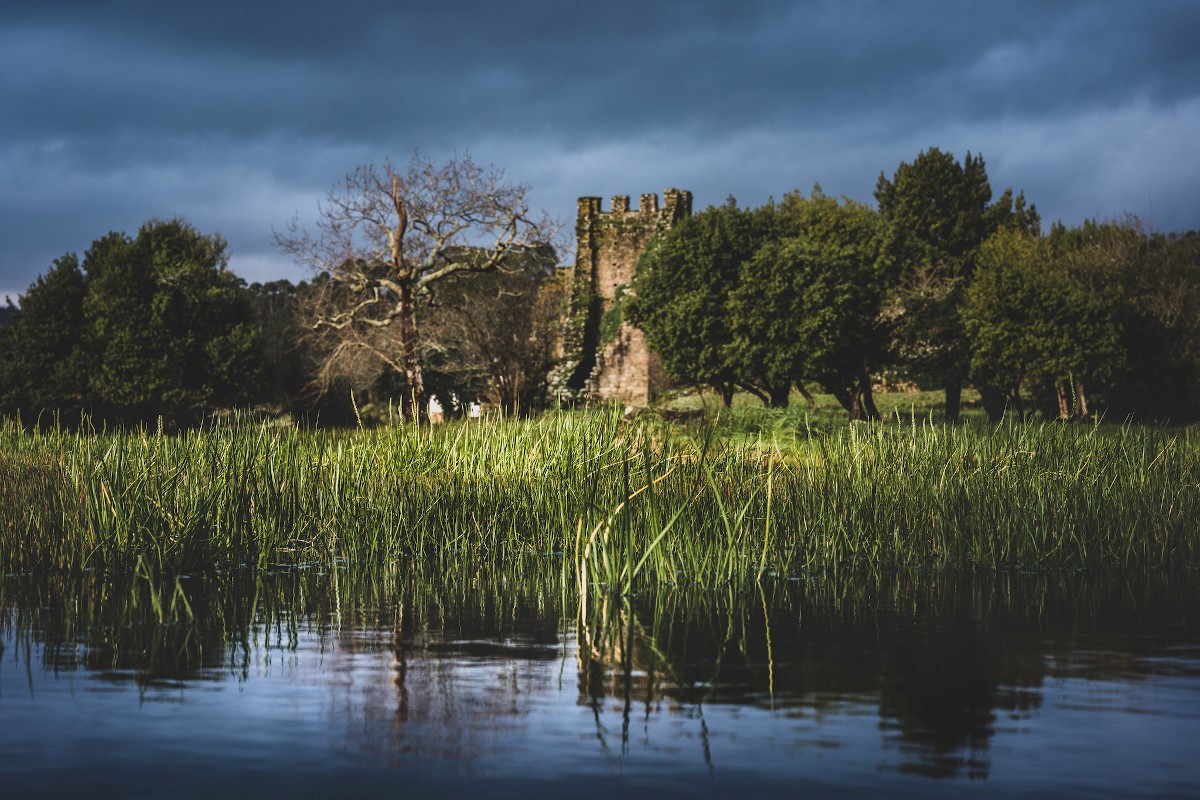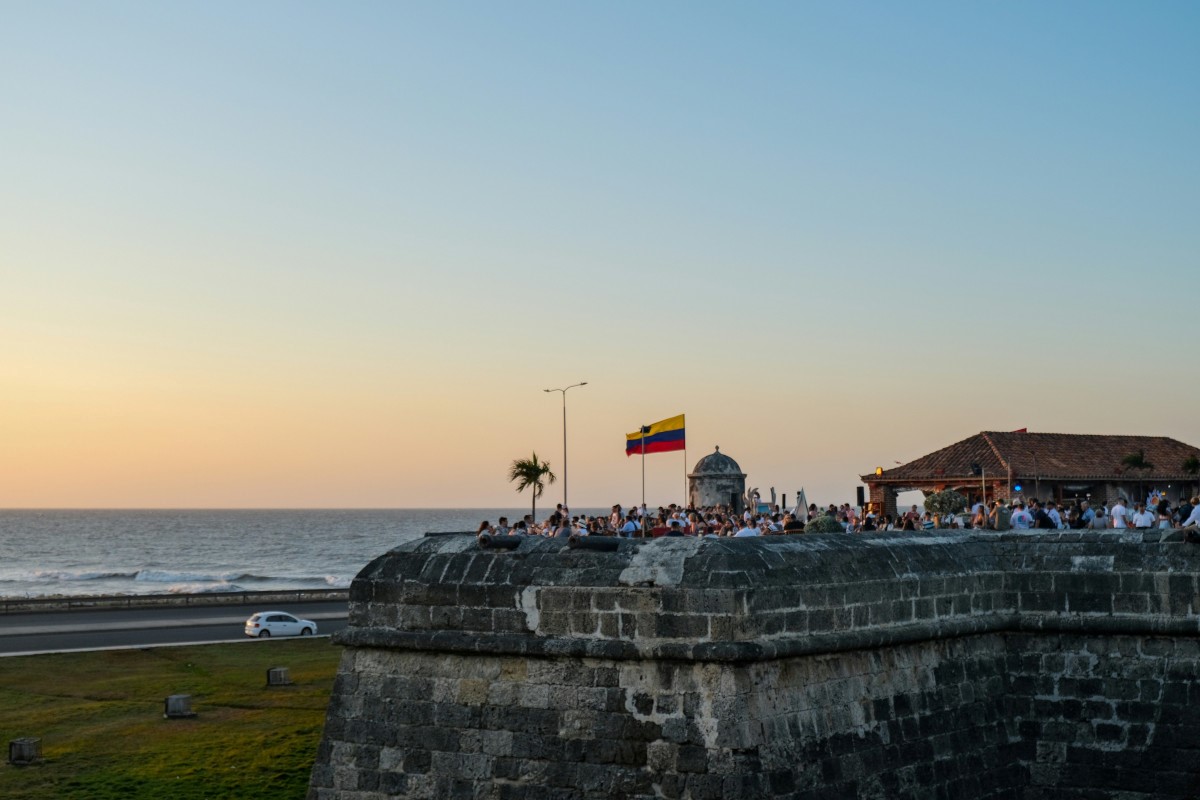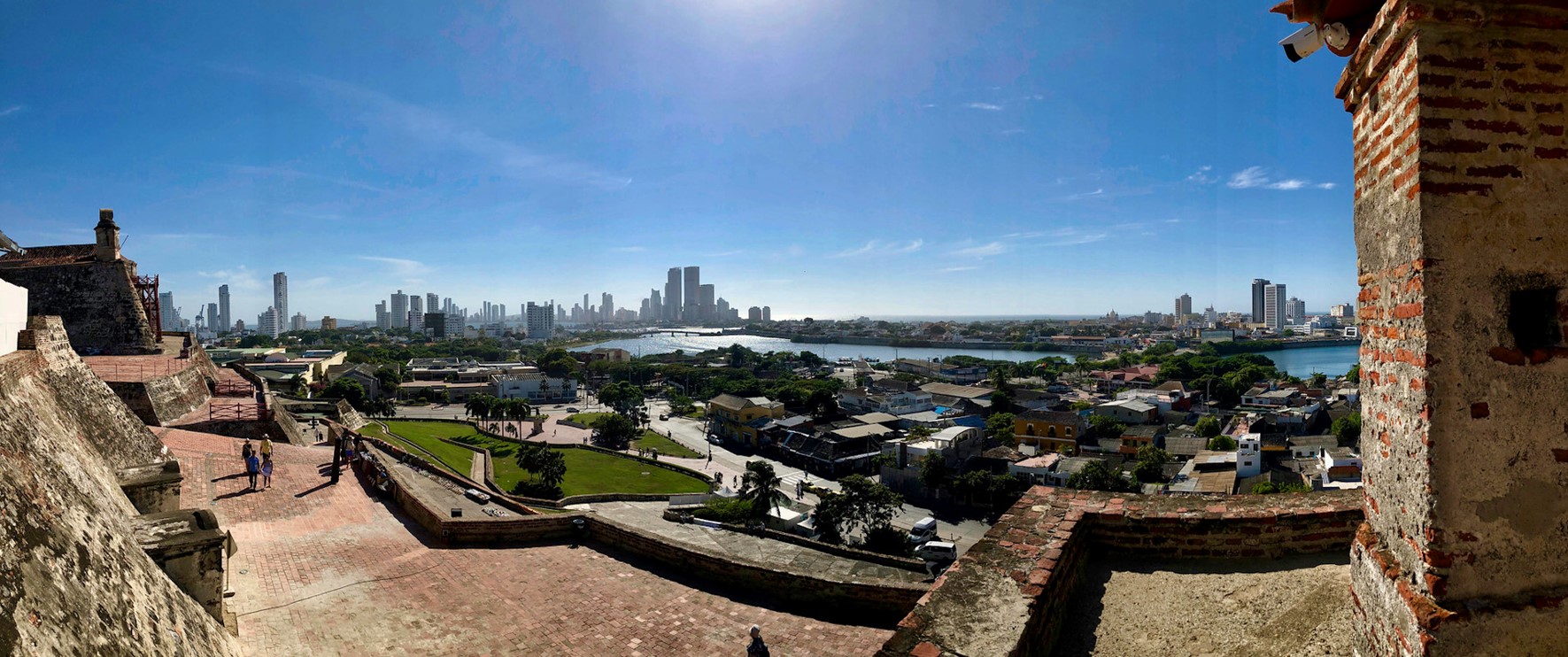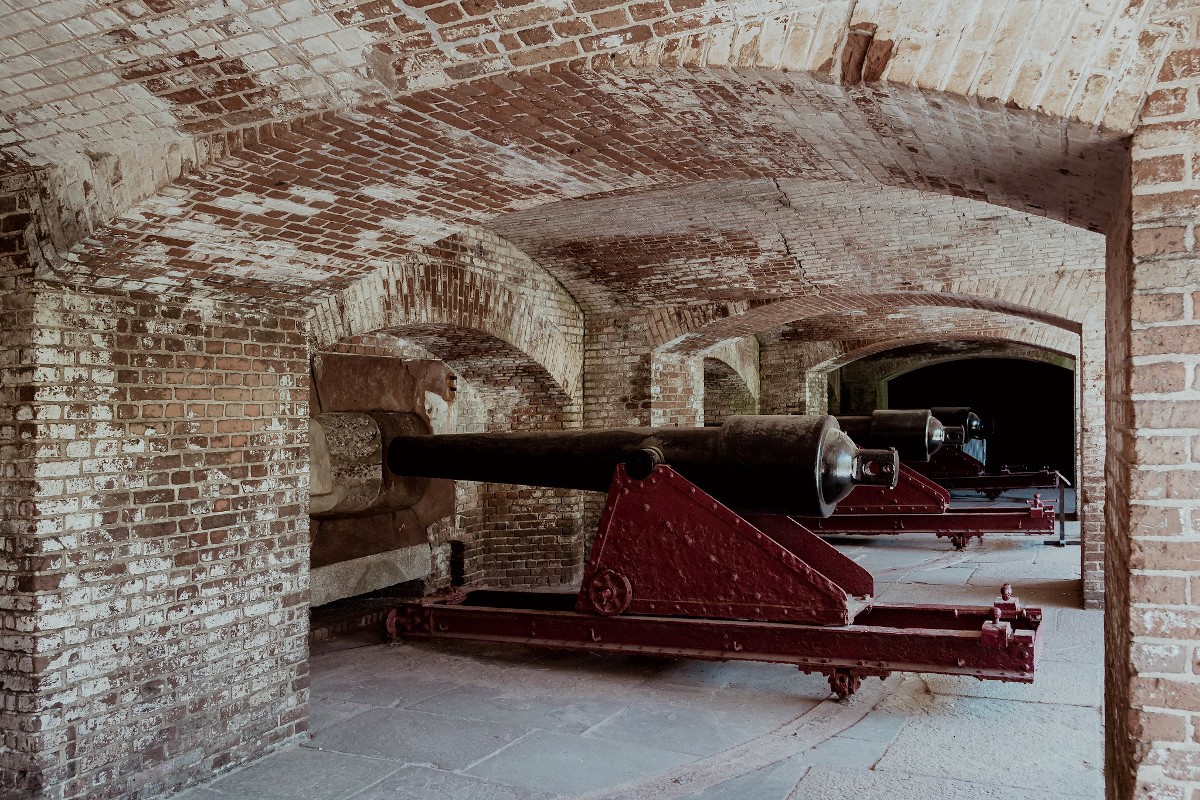
Walls with watchtowers and cannons: when buildings were designed with sea attacks in mind
07 of November of 2024
One morning, more than 1000 years ago, the residents of the Ría de Arousa estuary looked out to a sea dotted with little dark spots. As they approached the coast moments later, they could see the dots were in fact ships: on board hundreds of drakar vessels, more than 8000 Vikings led by Gundrød, the brother of the Danish King Harald, entered the Galicia region.
Years later, now in the eleventh century, another Viking unleashed the largest incursion ever recorded in writing on the coastlines of Galicia. He went down in history as Ulf the Galician—at the time, Vikings were nicknamed after the region in which they had organized the biggest plunders.
Why did the Scandinavian navigators come to the Galician coast? For most of them, it was to get hold of provisions to keep them going on their journey towards the Mediterranean. Others were drawn there by the news of the riches being accumulated in Santiago de Compostela. Spurred on by these incursions, coastal communities erected defenses, some of which still stand on numerous points along the coast.
These stories—though with different characters and settings—have been repeated the world over, with the same result: from Colombia to the Mediterranean, via the eastern United States, the coastlines are full of towers, walls and forts that were built to defend the land from these sea-faring threats. Some of the constructions posed quite the engineering challenge.
Catoira: the history of the Torres do Oeste (Towers of the West)
Since 1961, every first Sunday in August the residents of Catoira in Pontevedra take to drakars (traditional Viking vessels) to reenact the incursions of the people of the north at this strategic point of the Arousa estuary. La Romería vikinga (the Viking Pilgrimage) takes place at the mouth of the River Ulla, at the foot of the Torres do Oeste.
These towers were part of Castellum Honesti, a construction built and completed over the course of the Early Middle Ages to stop the Vikings and Saracen pirates from getting upriver to Santiago. Eventually, the complex consisted of an elliptical walled enclosure, seven towers with room for bedchambers, drawbridges and a hermitage.

Remains of one of the Oeste towers in Catoira. Noel | Feans (Flickr)
Today, just two towers still stand, along with the remains of a third tower and the chapel. The foundations rest on marshy soil, exposed to the rising and falling tide. Remains have been found that demonstrate that this enclave was already a prominent trading post in the Roman era.
Cartagena de Indias: a fort with a castle’s name
Morgan, Drake, Vernon and Leclerq are some of the names etched in the history of Cartagena de Indias (Colombia). Pirates, corsairs and soldiers from enemy camps attacked the city time and time again, it being a strategic point for the Spanish crown in America for centuries.
In the sixteenth century, an order was given for the construction of a huge defensive construction to protect Cartagena de Indias from these constant attacks, which became the most complete set of fortifications in South America. Today, the city’s historic quarter is surrounded by 11 kilometers of large stone walls reaching down to the Caribbean Sea.

Part of the Cartagena de Indias walls facing out to sea. Jaime Bishara (Unsplash)
Over the centuries that saw frequent soldiers and pirate attacks, cannonballs also came to the bay of Cartagena, shot down from San Felipe de Barajas Castle. In spite of its name, this was a fortification, not a castle. Started in the sixteenth century (and completed over the next three centuries), it was erected high on a hill to watch over the land.
San Felipe de Barajas Castle was erected by Spanish military and African slaves, and boasts a vast succession of walls, batteries, garrets, cisterns and tunnels with sufficient space to protect and hide hundreds of people. It was built from huge limestone slabs taken from nearby reefs and quarries, then dragged to the hill by the slaves.
According to history—as yet unconfirmed—blood was mixed with other materials to waterproof the cisterns, taken from (among other things) the oxen that transported heavy goods there. For centuries, San Felipe de Barajas Castle helped to defend Cartagena de Indias from sea attacks, and today it’s one of the Caribbean city’s most iconic buildings.

The city of Cartagena de Indias seen from San Felipe de Barajas Castle. F Delventhal (Flickr)
From the Huerta towers to artificial islands
The list of constructions telling of a past defined by coastline defense is in fact much longer and more varied. In the Mediterranean, highlights include the Huerta towers, a group of fortifications that sought to defend the Alicante coastline from pirate attacks.
Watchmen worked in the towers, their main task being to warn of enemy ships and warn the people. Some 20 still stand today, but there were once more than 30 along the entire Alicante coast.
Fort Sumter is another prominent construction, forming part of a series of fortifications erected on the west coast of the United States during the nineteenth century. But pirates weren’t to blame for these attacks. Rather, it was military ships belonging to the United States and United Kingdom, engaged in conflict.

Canons inside Fort Sumter. Andrew Parlette (Flickr)
Fort Sumter stands on an artificial island in the bay of Charleston in South Carolina. To build the fort, a team led by engineers moved thousands of tons of granite to the bay and designed a system of brick foundations resting several feet underwater. Fort Sumter occupies an important position in the history of the United States: it’s believed to be the setting of the first battle of the American Civil War.





There are no comments yet